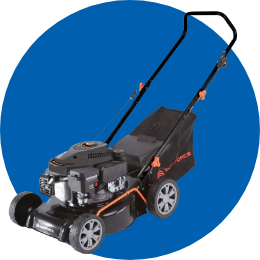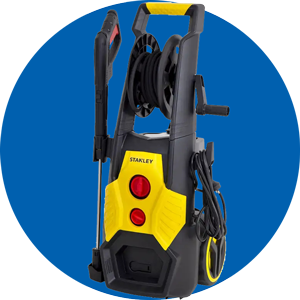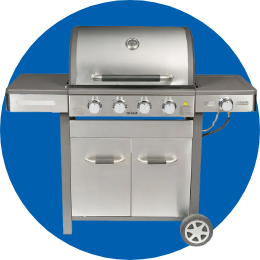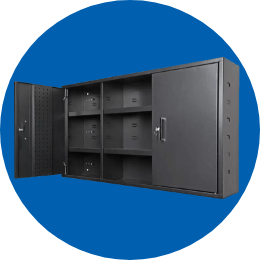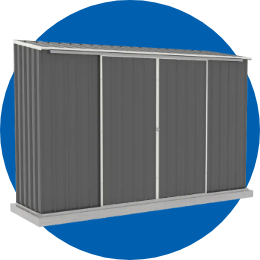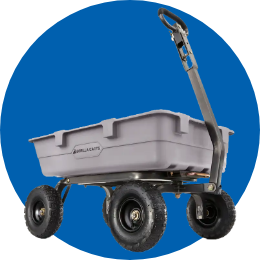- 12 February 2021
How to do your own floor polishing and preparation
Step 1: Remove the floor coverings


Carpet can be cumbersome and heaving, so to remove it simply, it is best to cut the carpet into manageable squares with a sharp utility knife with a special carpet blade fitted. Cut squares of approximately 21 /2 metres by 3 metres and roll them up to make handling easiest. Remove the edge strip around the wall. Be careful here as the tacks in the strip are very sharp.
Vinyl tiles and some vinyl flooring are laid over an underlay. Depending on the age of your house this will most likely be masonite sheet which has been nailed to the floor or layers of newspaper. If you encounter cement sheet as an underlay do not remove before satisfying yourself fully that it is asbestos-free; this can be done through your local council or from an accredited asbestos removalist – refer to your Yellow Pages.
Step 2: Floor surface preparations
Remove all nails that are protruding above the surface of the flooring, and with a nail punch and hammer, punch each floor fixing nail below the surface of the floor 3-4mm.
In rare instances vinyl is laid direct to the flooring with an adhesive. This is very hard to remove and some research will need to be carried out to find a suitable solvent to break down the glue. Otherwise good old elbow grease with a lot of patience and persistence is the answer. Sanding generally does not work on the glue as it only melts and clogs up the paper.
Squeaks and loose boards can be re-nailed down into the floor frame with 50mm bullet head nails. If this proves unsuccessful you will need to gain access under the floor. Locate over which floor joist the problem is and how far the loose area is along the floor joist. Cut a piece of 42mm x 19mm pine 300mm longer than the area under which the problem is, then apply a thick and generous bead of Liquid Nails to the junction of the joist and flooring and to the flooring and side of the joist. Press the 42mm x 19mm pine firmly into position ensuring that there is an excess of adhesive to both surfaces. Hold the timber firmly against both surfaces and nail the 42mm x 19mm pine to the floor joist with the 50mm nails at 300mm spacings. Allow the adhesive a day or two to set before commencing any sanding.
Clear all furniture, furnishings and pictures out of the room to be sanded and thoroughly clean the floor; a vacuum is best for this. And either remove items from built-in furniture or protect them by covering and sealing them with drop sheets and duct tape.
Step 3: Getting ready to sand


Cover all power points, ducted floor and ceiling vents and computer outlets with masking tape as the sanding dust is extremely fine and could cause damage later. Thoroughly clean the floor and finally vacuum the whole area.
Familiarise yourself with the hire equipment, and have the hirer go through all procedures of operation and sandpaper changing with you. The drum sander is a heavy machine on wheels or rollers, and depth of sand cut is generally operated by a hand operated winder near the handles. The sanding machine is operated much like a lawn mower; the sanding is done as the machine is pushed forward only. Sanding contact is broken as you walk back to the starting position.
Step 4: The first sand, the 'rough' sand
Some first and most important operation tips: do not start the machine with the sandpaper belt resting on the flooring; do not stop the movement of the machine while the belt is still in contact with the flooring; resist all temptation to speed the job by being heavy-handed with the machine. And wear your earmuffs, safety goggle and dust mask. Also, provide good ventilation to the room by opening fully any windows or doors to external air. The rough sand is done diagonally across the floor from one corner to the other, and continued at 45 degrees to the floorboards. This helps prevent any irregularities or gouges in the flooring boards. Tilt the drum sander so that the sandpaper is not in contact with the floor then turn the machine on. Steadily lower the machine while moving forward so the sandpaper makes contact with the floor surface. As you approach the opposite end of the run tilt the machine to lift the sanding drum off the floor - do not stop with the drum still sanding the floor surface.
Pull the sander back to the starting position and position the sander so that 70mm or so of the belt overlaps the line already sanded, sand as already instructed and keep going progressively across the floor until completed. The floor may need to be sanded over two or three times, depending on the state of the floor or any other polyethene coatings.
There will be an unsanded border around the perimeter of the floor that the drum sander could not reach. This is sanded with a hand-held disc sander fitted with coarse sandpaper by moving the sander in a sideways sweeping manner from left to right. You will be able to complete the floor surface with the disc sander except for the extreme corners, which are cleaned down by using the handheld wood scraper (Fig. 5) and sandpaper on a sanding block.
Carefully vacuum the floor to remove all dust before proceeding any further, taking care not to scratch the floor surface with dirty footwear or any rough treatment.
Step 5: Finish sanding
Fill all nail holes, splits and knot holes with a water based putty, and allow it to dry.
The next sanding is done with medium grade sand paper on the drum sander. This is done in the same manner as earlier mentioned but from now on sand along the grain not diagonally. Again finish the border with the hand-held disc sander, scraper and medium sand paper.
The last sand is with fine sand paper fitted to the drum sander, then the disc sander and fine sand paper finishing the edge border and the scraper and fine sand paper for the corners. The finish will be very fine, almost a polished feeling.
Step 6: Applying the floor finish


You have the choice of either two-pack polyurethane finish or water based polyurethane which is low odour and fast drying. The water-based polyurethane is the easiest and quickest to apply and provides a good durable finish and allows several coats to be applied in one day. Both finishes will cover approximately 12-14 square metres per litre, and a minimum of three coats is recommended.
Naturally, the application method will be instructed on the container by the manufacturer and must be followed. As a general rule though, methods of application are by brush or lambswool applicator. Do not use a paint roller as coverage is not as thorough. It is important that the floor surface is thoroughly cleared of all dust particles; this is completed by vacuuming the floor then wiping over with a water moistened cloth to remove any remnant dust.


